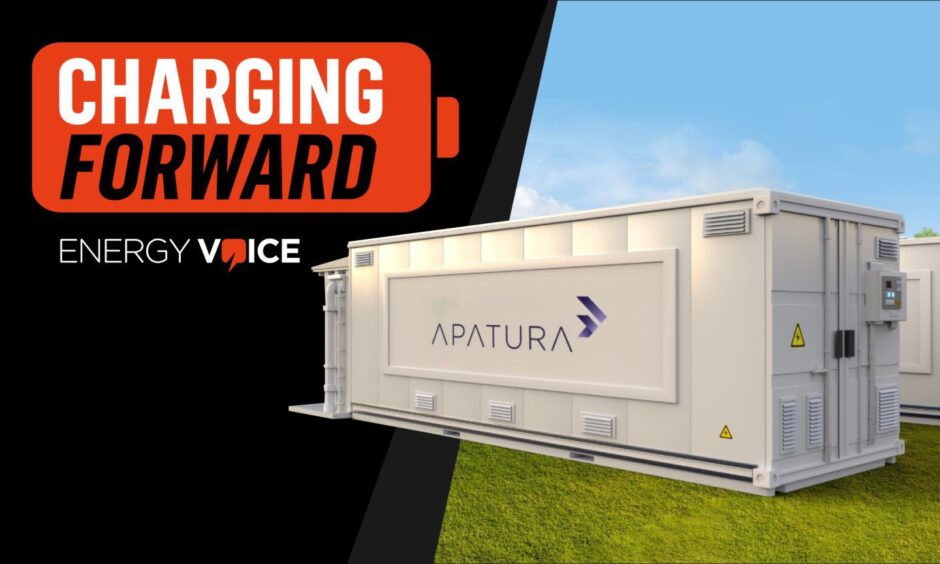
The newly formed National Energy System Operator (NESO) has outlined the role energy storage could play in the UK government’s ambition to decarbonise the electricity grid by 2030.
In its Clean Power 2030 report, NESO said as the UK energy system becomes more reliant on weather dependent generation, flexible technologies such as storage and interconnection will be “crucial”.
NESO forecast UK battery capacity to increase from around 5 GW in 2023 to between 23 and 27 GW in 2030.
This represents a “major scale-up” in build rates, but there are ample projects in the pipeline with a one-to-two-year deployment lead time making the target achievable, NESO said.
The system operator also said recent changes to “legacy systems” will allow it to better incorporate batteries fully into its dispatch process.
For long duration energy storage (LDES), such as pumped hydro and liquid air, NESO said the pipeline for options ready to deploy by 2030 is limited.
Capacity is likely to increase from 3 GW in 2023 to between 5 and 8 GW by 2030, with storage capacity growing from 28 GWh to between 81-99 GWh.
NESO said achieving this would require completion of the first pumped hydro stations in Great Britain in more than 40 years.
Other promising LDES technologies including liquid air, compressed air, and longer-duration batteries have successfully operated at a smaller scale, NESO added.
Meanwhile, NESO said there could also be potential in redeveloping former hydro power stations across the UK, but this would require decisions on funding mechanisms to “speed up to accelerate delivery”.
Scottish BESS projects approved
The Scottish government has given planning permission for three battery energy storage systems (BESS) in Angus, North Lanarkshire and South Ayrshire.
In North Lanarkshire, ILI Group secure consent for its 200 MW Whitehill Battery Storage project.
The project is located near the Easterhouse national grid substation near Gartcosh, around eight miles east of Glasgow.
The approval lifts ILI Group’s portfolio of consented projects to 1.21 GW of capacity.
ILI Group chief executive Mark Wilson said Whitehill will prove “essential grid balance services and help maximise the potential of our renewable energy resources”.
“As Scotland continues to increase its renewable energy capacity, projects like Whitehill BESS are essential for providing the flexibility and resilience necessary to maintain secure and reliable energy supplies,” Wilson said.
Tealing and Loch Fergus BESS
Apatura secured planning permission to build and operate a 100 MW capacity BESS at Tealing, near Dundee.
The Tealing BESS is the fifth project the firm has secured consent for in the past 12 months.
Apatura chief development officer Andrew Philpott said when complete, its Tealing project will be one of the largest BESS sites operating in the UK.
The project consists of 52 lithium-ion batteries in steel containers and will be directly connected by an underground grid cable to the nearby Tealing substation.
Apatura said the development will include new native species tree and wildflower planting to deliver a biodiversity net gain at the site.
Philpott said the proximity of the existing Tealing substation makes the site an ideal location for energy storage.
“Importantly, the proposed development will provide a significant boost to the local economy by creating jobs during the construction, operational and eventual decommissioning phases of the facility, as well as indirect job creation in the supply chain, maintenance and other related services,” he said.
Scotland is a central part of Apatura’s strategy, with the firm arguing for greater investment in Scottish data centres to support decarbonisation objectives.
In South Ayrshire, Aukera and Locogen secured planning approval for its Loch Fergus project consisting of a 45 MW solar farm with a 40 MW embedded BESS.
Aukera said the Loch Fergu project will produce approximately 57 GWh of clean energy, equivalent to the power usage of around 13,600 average homes.
Overall, the project will prevent the release of 19,000 tonnes of CO2 into the atmosphere.
Aukera UK development director Richard Hillam said Scotland’s central and local governments are “yet again demonstrating the country’s desire to rapidly decarbonise”.
Harmony Energy and Statera Energy
UK BESS fund Harmony Energy Income Trust (HEIT) has progressed plans to sell its entire BESS portfolio, worth approximately £215 million.
The portfolio sale process has raised questions over whether publicly listed funds are a suitable method of raising money for BESS projects due to their volatile nature.
Meanwhile, Statera Energy completed the second stage of debt raising for its 450 MW flexible generation project in Thurrock, Essex.
Statera has now raised up to £395m for its Thurrock Power project, with the first stage of financing for the 300 MW BESS system reaching financial close in November last year.
Alongside the on-site BESS, Thurrock Power will comprise gas fired reciprocating engines with a combined capacity of up to 450MW.
The project will be delivered in two phases, the first phase of development being 270MW.
UK BESS market recovery
Cornwall Insight released analysis revealing profits for battery storage developers are set to rebound by 2026.
The GB Battery Revenue Forecast shows rising wholesale prices and added price volatility, alongside increased renewable build out, will lead to the rise in revenues.
The forecast shows, annual revenues for 2-hour assets are forecast to climb from approximately ~£96/kW in 2025 to ~£108/kW by 2026, representing a “marked improvement”.
Cornwall Insight lead analyst Joe Camish said the forecast comes after a “challenging period” for battery asset owners in Britain.
“This will be encouraging news for investors and asset owners, signalling a more robust and sustainable future for battery storage investments for the remainder of the decade,” Camish said.
Meanwhile, in its latest quarterly report Rho Motion said total BESS installations worldwide grew 51% year-on-year in the third quarter of 2024.
International news
Ahead of the COP29 summit in Azerbaijan later this month, world leaders are being encouraged to sign a pledge to increase global energy storage to 1,500 GW by 2030.
The COP29 global energy storage and grids pledge target represents a 600% increase compared to world energy storage capacity in 2022.
It also includes a commitment to scaling up grid investments as part of global efforts to add or refurbish more than 80 million kilometres of transmission by 2040.
Elsewhere, Italian LDES developer Energy Dome signed its first contract in the US as part of plans to build a 20 MW CO2 battery in Wisconsin.
The 200 MWh Columbia Energy Storage Project aims to power close to 18,000 homes for 10 hours on a single charge.
Energy Dome is already building its first CO2 battery plant in Sardinia, with construction expected to complete in early 2025.

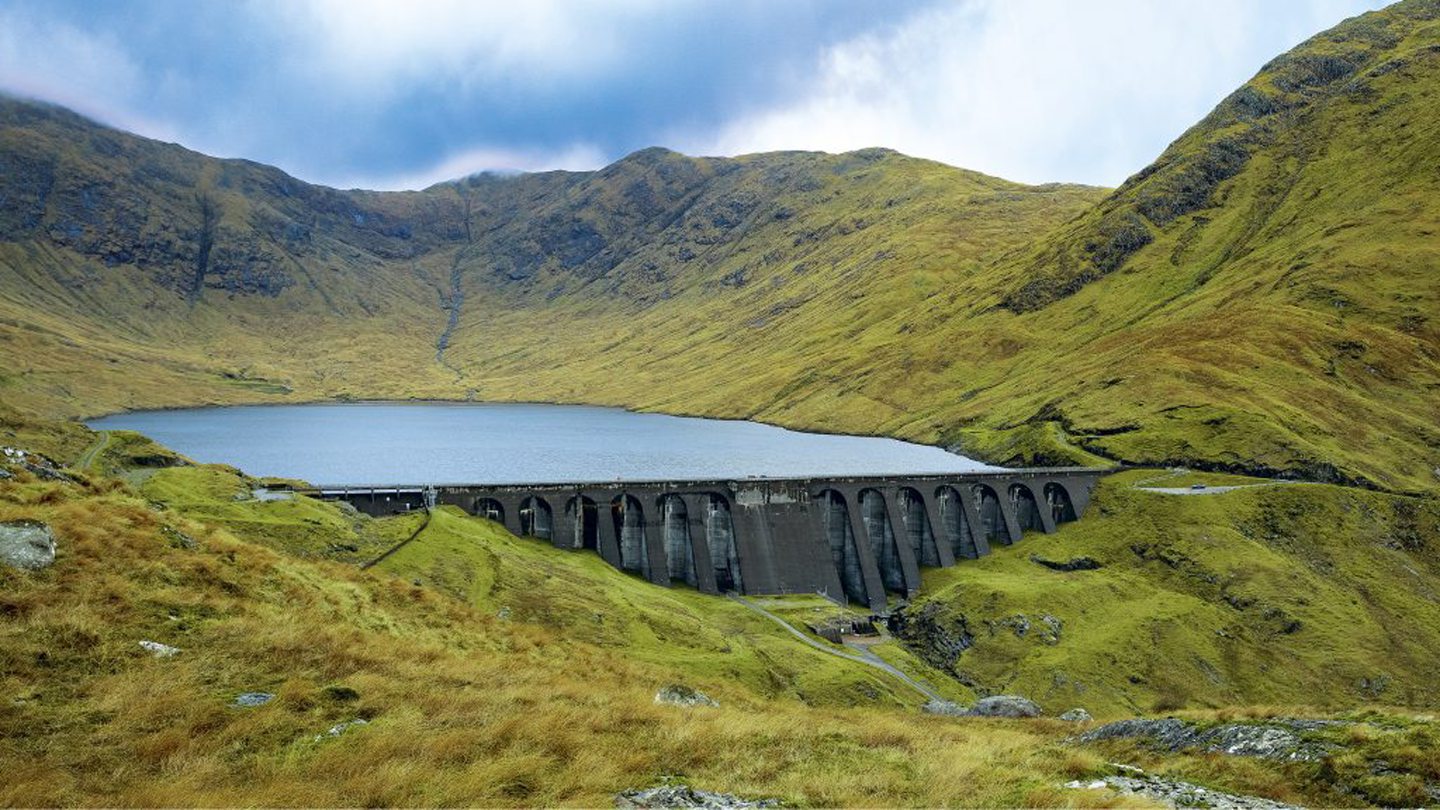 © Supplied by SSE / Drax
© Supplied by SSE / Drax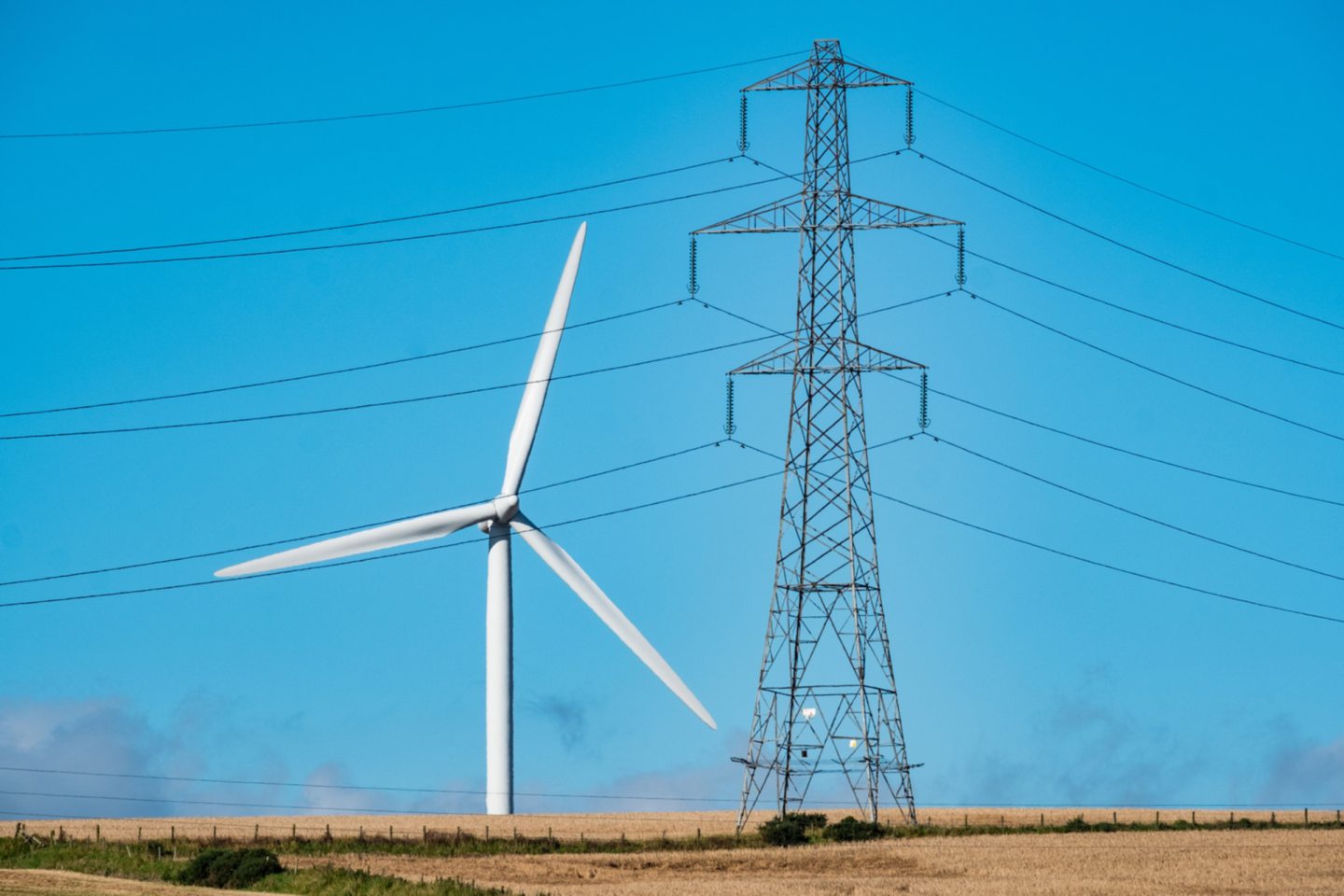 © Supplied by SSEN Transmission
© Supplied by SSEN Transmission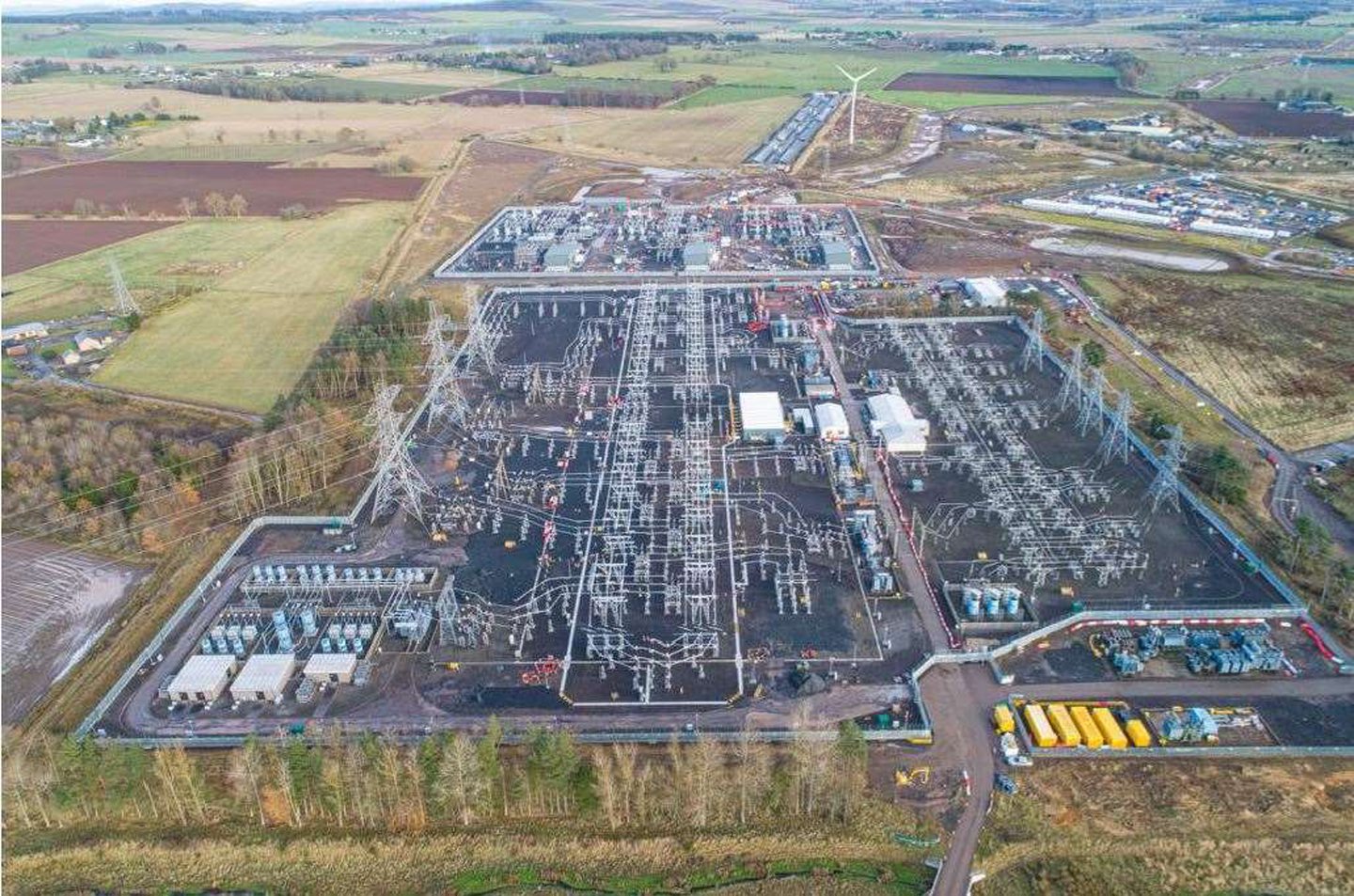 © Supplied by SSEN Transmission
© Supplied by SSEN Transmission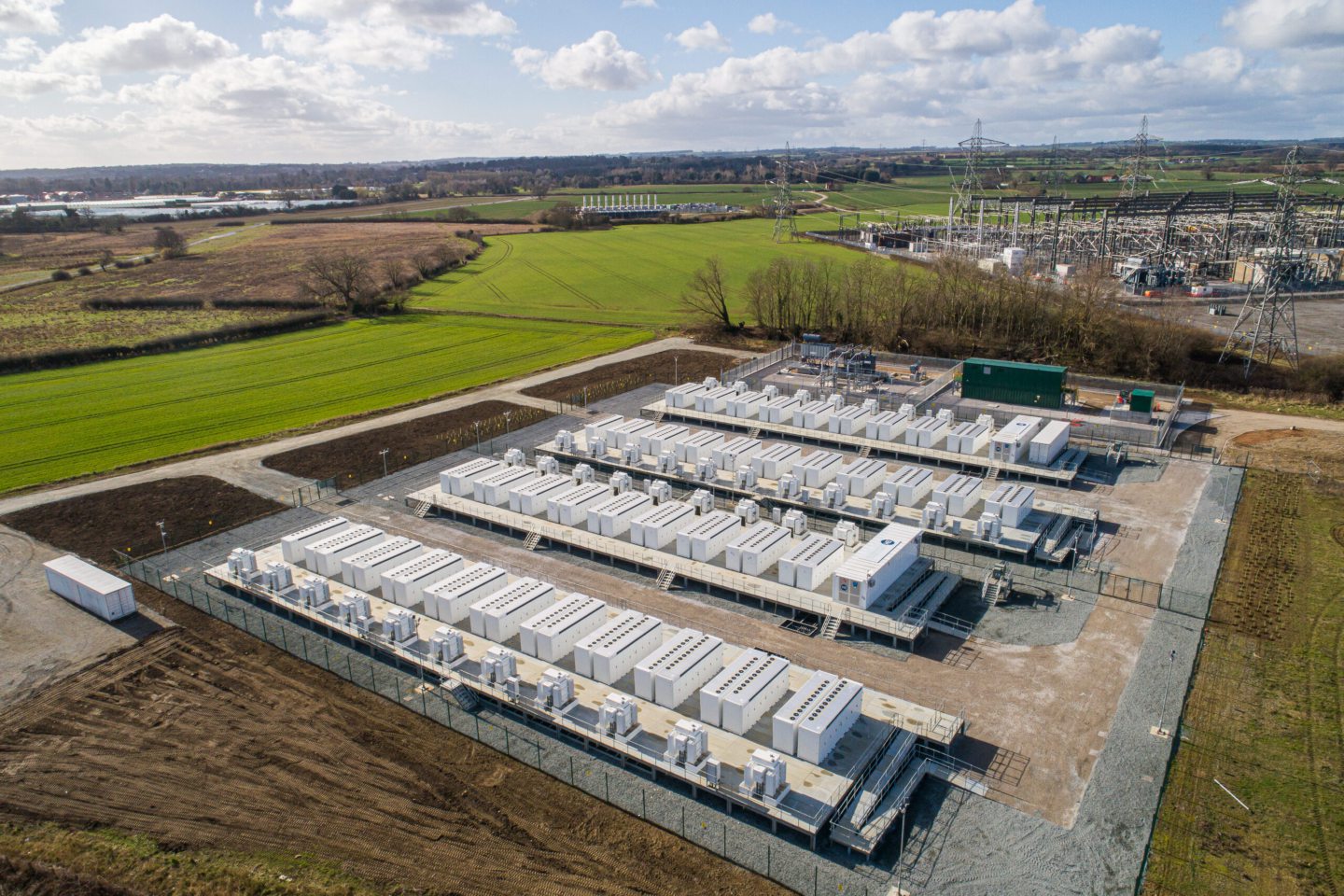 © Supplied by Harmony Energy
© Supplied by Harmony Energy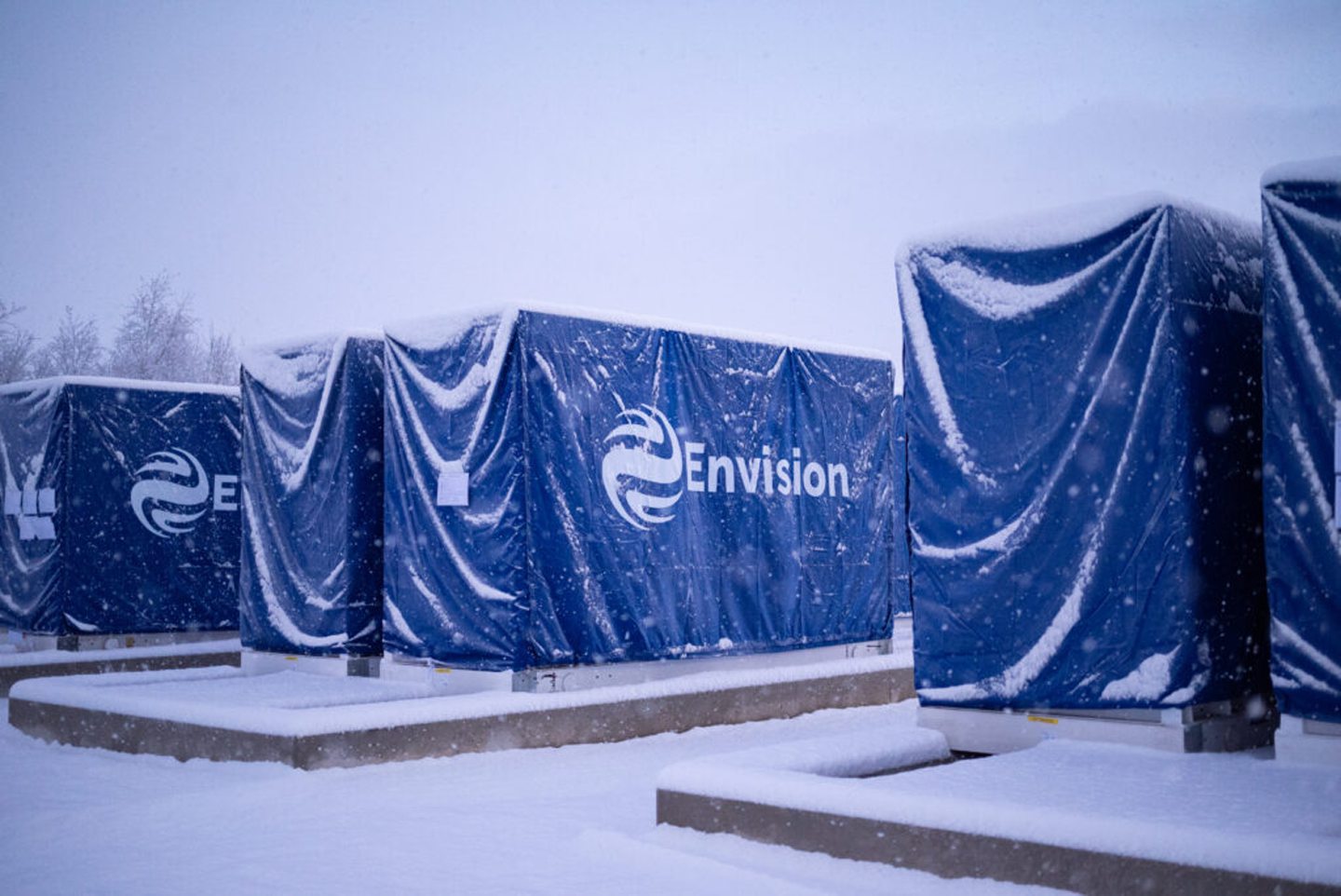 © Supplied by Harmony Energy
© Supplied by Harmony Energy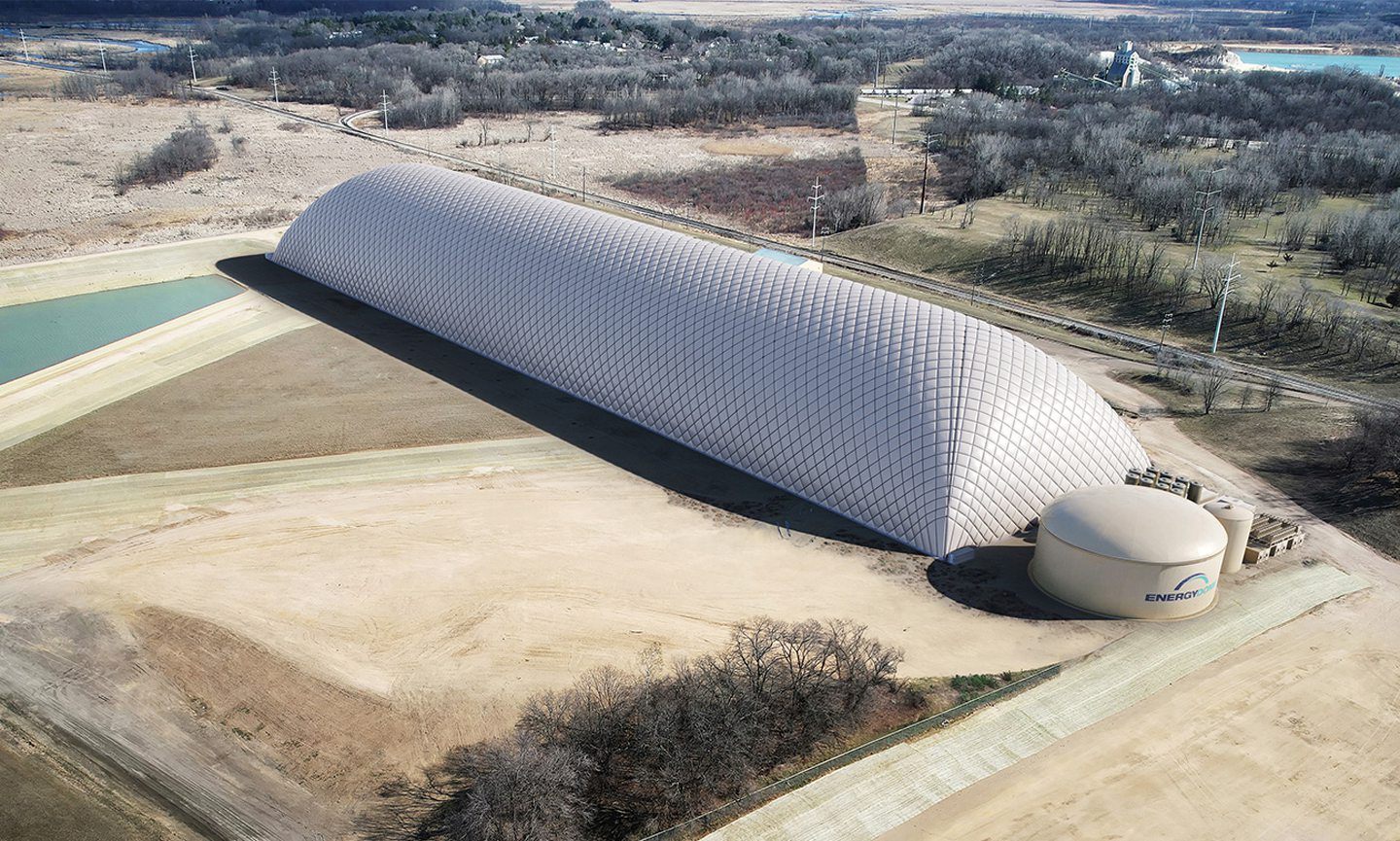 © Supplied by Energy Dome
© Supplied by Energy Dome